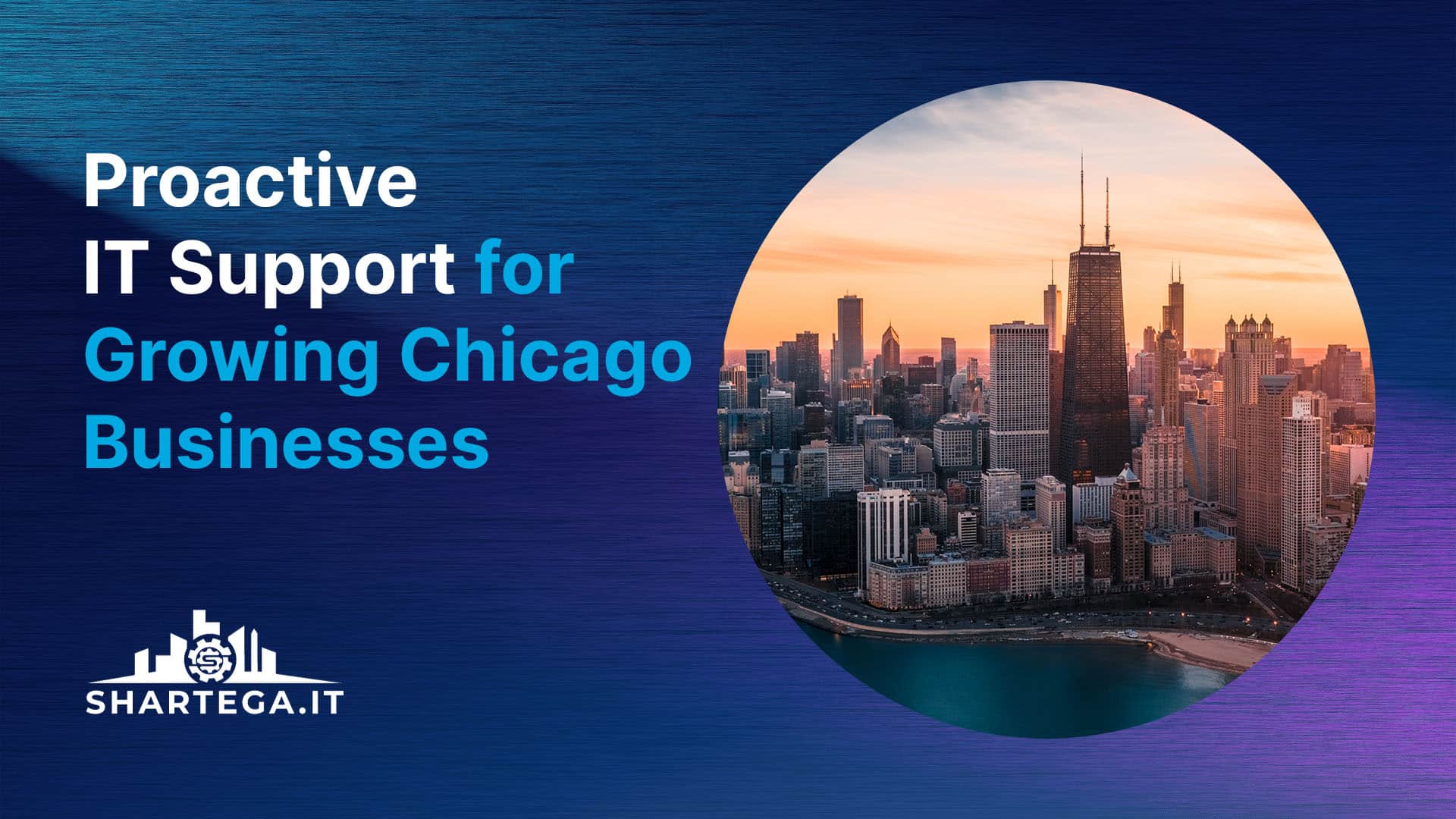IT compliance and IT governance are often used interchangeably. However, they represent distinct concepts, both of which are essential for a strong IT framework. Understanding the differences, and their respective roles, is critical for businesses aiming to maintain security, efficiency, and legal adherence.
Defining Compliance
IT compliance refers to the process of ensuring that an organization’s IT practices align with regulations, standards, and laws. These standards may vary depending on the industry and geographical location. Regulatory compliance is necessary to avoid negative consequences, such as fines or loss of consumer trust.
Some examples of relevant regulations may include HIPAA (for healthcare companies) and the GDPR (which applies to every business operating within the EU).
Understanding Governance
IT governance refers to a broader framework developed within the organization to ensure that IT systems and resources are used effectively, and in alignment with company goals. This aspect of IT focuses on strategic alignment, resource management, and performance.
There is some crossover with IT compliance – namely, the establishment of policies and procedures that may be in place due to regulatory concerns – but they are separate concepts. To put it simply – compliance focuses on adhering to external rules, whereas governance is an internal rule set.
Where they Intersect
Despite their differences, compliance and governance are mutually reinforcing. Effective IT governance will provide a strong foundation for regulatory adherence, as it will help ensure that IT practices are well-documented, controlled, and aligned with best practices.
In much the same way, compliance efforts will often highlight areas where governance is weak and could be improved. This will allow those areas to be strengthened, resulting in a stronger business overall.
Why They Matter
There are a number of reasons that businesses should consider governance and compliance as an integral part of their overall IT framework.
Legality
As discussed briefly above, compliance is often about more than just best practices – it can be a legal issue. Data security regulations are often enshrined into law, and this means that following them is non-negotiable in order to avoid serious consequences.
Efficiency
The existence of a strong, actionable IT governance plan can improve efficiency within the business. This is because, among other things, governance focuses on finding and resolving weaknesses within the business’ daily operations.
Trust
A company that is seen to care about regulatory adherence will garner a significant amount of trust, within consumers and employees alike. In a day and age where tolerance for failure often runs extremely low, this trust can be invaluable.
Risk Management
Compliance and governance practices, if utilized well, will also keep the business safer by lowering the risk of things such as cyber-attacks. Regulations exist because these techniques have been proven to keep businesses and consumers safe, and following them will grant companies a higher level of security.
Integration
Now that these concepts have been explained, it is worth discussing how to properly integrate them into business operations. Both should be – compliance because it prevents negative consequences, and governance because it provides a necessary structure for the rest of the IT framework to follow. There are many ways a company can begin to implement these fundamental concepts.
Compliance training
Compliance training can be used to educate staff on what regulations the business must follow, what their part is, and how they should fulfill it.
IT Compliance Policy
Every business should have a well-written and comprehensive IT compliance policy. This will ensure that standards and regulations are consistently applied.
Governance Action Plan
An IT governance plan will keep the business on track, ensuring that the governance objectives remain in-line with overall business goals and outlining steps that will be taken.
Audits and Assessments
Regular IT audits will help companies ensure that compliance and governance objectives are being met long-term. It will also verify that regulations and standards are being adhered to, which may prove valuable if the company is ever externally audited.
Conclusion
The lines between IT compliance and IT governance can be blurred, and this often makes these concepts difficult to navigate. But businesses that take the time to understand them, why they are important, and how best to integrate them will find that the benefits outweigh the effort.
If you’re still finding this difficult to wrap your head around, Shartega IT can help. Our dedicated team understands the challenge of remaining compliant while simultaneously employing governance strategies. Discover our IT consultancy services today, and we can get you started on the path to a brighter IT future.





